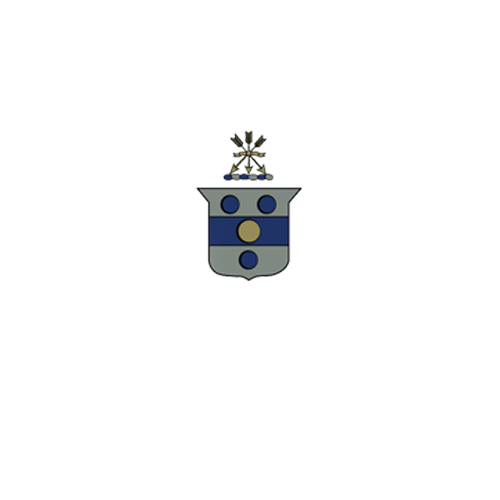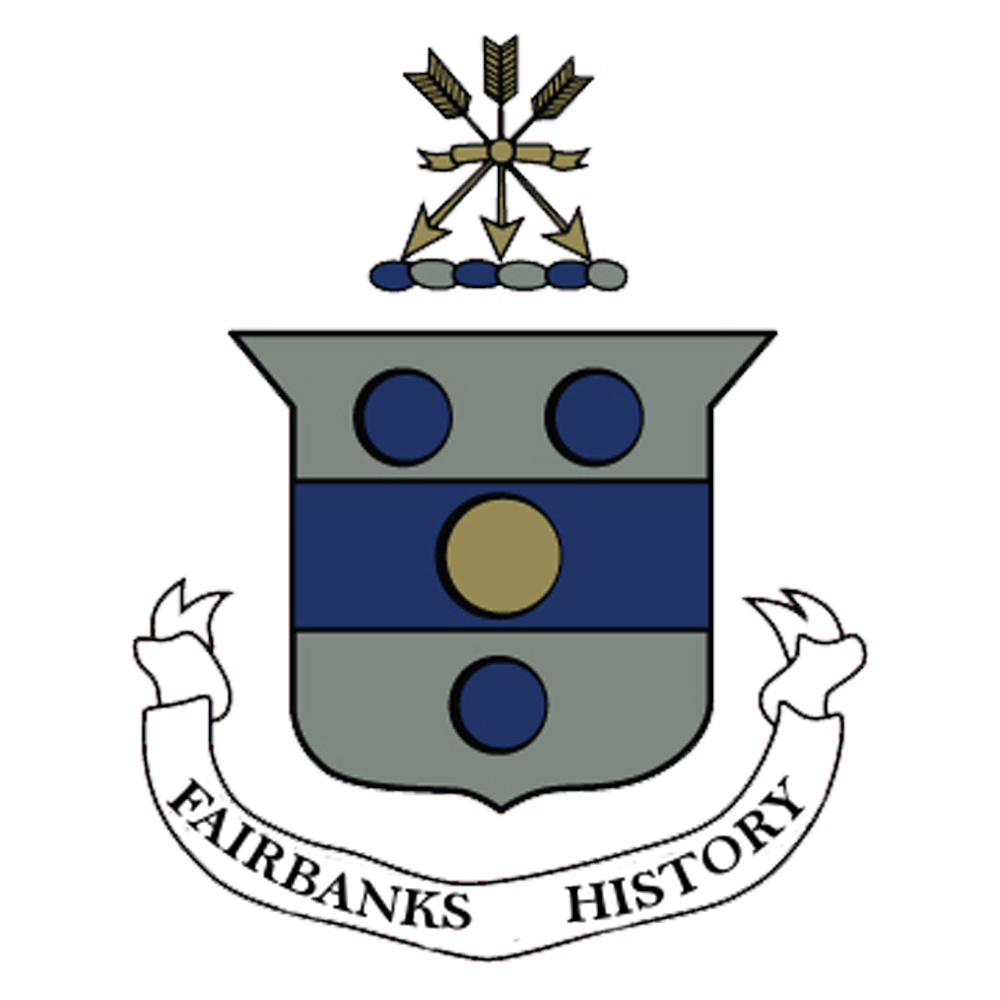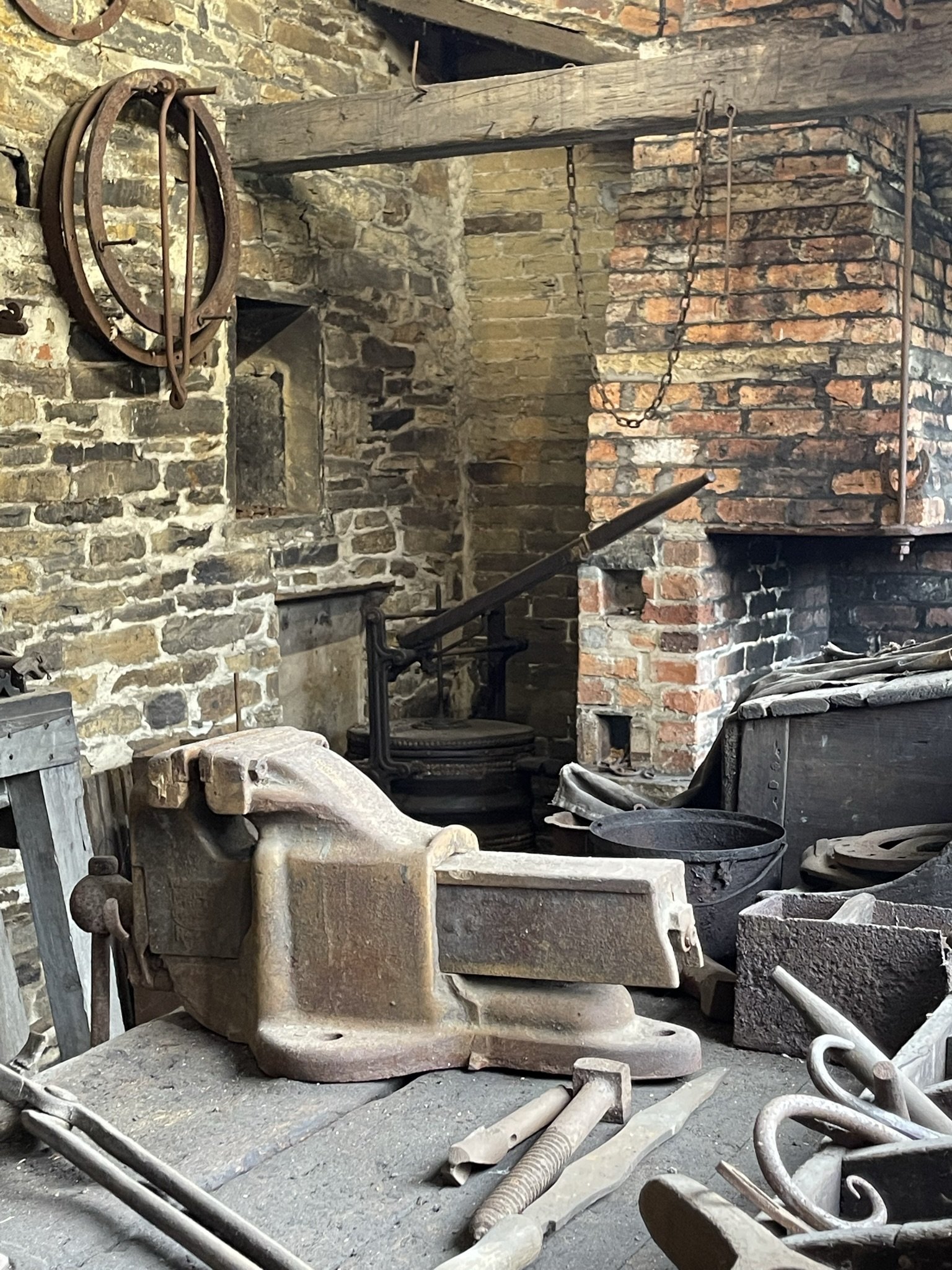Touring England of the 1600s: Focus on Fairbanks in Halifax Continued
Halifax Continued
Halifax, West Yorkshire, England is an impressive city which oozes history with every step. Sowerby, the nearby home of the Fairbank/s, was larger than Halifax until permission to hold a wool market was granted to Halifax in 1617. That was the year Jonathan and Grace Fairbanks were married at St. John the Baptist Church in Halifax, now known as Minster. That church could perform baptisms, marriages, and burials when most other churches, called churches of ease, could not. Thus all the people in surrounding towns were obligated to go to Halifax from time to time. Later, they went for the wool markets and fairs. Halifax had the third largest fair in Yorkshire.
In the first blog of touring West Yorkshire, England, with a focus on Fairbanks history, I suggested Halifax as a first stop and described many things to see. That was before I visited myself. After spending six days in Halifax and the surrounding area, I must add to and amend the first blog. There is more to the Halifax experience that gives a fuller appreciation of the time and culture of the early 1600s.
St. John the Baptist Church
Mr. David Glover, a well-known historian of Halifax and the Minster, gave us an excellent tour of the church. We asked him to limit our specific tour to the church’s history from beginning to the 1640’s, which would encompass the church as both Jonathan and Grace Fairbanks and John and Mary Prescott would have known it before emigrating from Sowerby.
During Jonathan and Grace’s time, there were no pews. The congregation stood on rushes or straw strewn for insulation on the cold hard stone. There was a rail around the walls of the nave. The elderly or feeble could move to the walls for support. The pulpit was elevated so everyone could see. About the time the Fairbanks’ emigrated, box pews with sides 4-5 feet tall were introduced. Now they are closer to 3 feet tall.
As mentioned in the earlier blog, the font and cover were from the 1400s. Most of the children of the Fairbanks were baptized there. It is still used today. We learned the font cover moves up and down to close and protect the Holy water. The interior of the church and the font were very colorful at that time and possibly guilted. They are now subdued in color except for the magnificent stain glass windows. The stain glass windows from the era of Jonathan Fairbanks’s family (emigrants) were broken into shards during the Civil War.
During the English Civil War (1638-1651), the font cover was taken to a nearby residence for protection and repositioned after the war. The shards of stained glass were rescued and pieced into three stained glass windows now high on the south wall at the back of the church.
Another detail we learned is that Triston, the beggar, whose statue stands at the back of the nave, was active during the Civil War (1642-1651) not during the time of the Fairbanks. However, Mr. Favor, vicar of the church from 1593-1624, whose bust still displays the vivid colors of the earlier church, was very important in the Puritan movement in Halifax Parish. During the 1600s, the Halifax Parish was primarily Puritan.
Vicar Favour was considered a low minister. The Church of England became the Anglican Church after the time of King Henry VIII (reign 1509-1547). The terms high church and low church or high or low minister reflect the inclination of the church or the clergy toward Catholic or Puritan ways of worship. High church meant they were inclined toward Catholic style worship, low church toward Protestant or Puritan. During the years of the 1500 and 1600s, depending on which King or Queen reigned and their beliefs, either the Catholic, high , or Puritan, low, ministers were censured or persecuted.
Jonathan and Grace were Puritan. They left England because of their religion and other political and economic reasons. They settled in the Massachusetts Bay Colony which was founded by Puritans and in Dedham, a strongly Puritan town in 1636/37.
Even in the mainly Puritan parish of Halifax, a high vicar, Dr. Richard Marsh, inclined to the Catholic ways, was appointed to St. John the Baptist Church in 1638. This was frowned upon by the Puritan laity. John Prescott and his family left Sowerby for New England around this time. It is not known if the change to a high clergy had any influence on John Prescott’s decision to emigrate. There is a plaque at the back of the St. John’s Church engraved with all the early leaders of the church.
Civil Justice Outside the Church Gates
In the earlier blog about touring Halifax, Moot Hall, the center of justice, was located close to the church (the Minster). On this visit, we discovered a plaque that indicated the position of Moot Hall in the south church parking lot.
With Moot Hall, forms of punishment were also discussed in the first blog. We found the stocks just outside the arch that leads into the church yard, almost directly west of the church tower.
Another significant structure that was located near the church was Crispin Pub. There is only a commemorative cement foundation, also in the south parking lot, which depicts its location and size. The pub itself was moved to Shibden Hall and placed amongst the craftsmen workshops in the back of the main house. Don’t miss it when you visit Shibden Hall.
David Glover, our guide, related a tale of prisoners found guilty of excessive drinking. They were placed in the stocks for public humiliation. As usual, they were pelted with rotten food or abusive, insulting language. However, occasionally a drinking friend or neighbor at the nearby Crispin Pub would bring them a drink.
Marker near the Minster of old building of justice called Moot Hall
Foundation of Crispin Pub near the Minster. Building is now at Shibden Hall.
The old Halifax stock outside the arch leading to the Minster churchyard. Top bar is missing.
St. John the Baptist Church (the Minster) can be viewed on your own. There is helpful literature for your visit. However, we chose to engage a guide for a deeper experience. We found David Glover, with his knowledge of the early Fairbanks families of the area, to be an excellent guide who could tailor his comprehensive tour of the church to our specific interests.
If you want a more organized tour of the town, David Glover, also a well-known historian of Halifax, can tailor a historical walking tour of the town. He is also knowledgeable of Sowerby Bridge and surrounding area where the Fairbank/s and Gawkroger Platts, held land and lived in the early 1600s. Contact me through my website to get in touch with David Glover.
.
Shibden Hall
Before I visited England, I told you a bit about Shibden Hall. The connection to the Fairbanks family didn’t appear to be strong. Much of the house of 1421 was renovated during the years and reflect the last occupant, Anne Lister, who died in 1840.
I initially dismissed Shibden Hall to save more time for Fairbank/s related places. However, it would have been a mistake to miss. We spent four hours there. It became one of our favorite stops in Halifax. I highly recommend it for a better understanding of the Fairbanks family in both England and New England. The house can be viewed in about an hour. But if you don’t see the craftsmen workshop in back, you miss many things relating to our family.
1560’s kitchen at Shibden Hall
The large 1560s kitchen of the house was similar to the era of Jonathan and Grace Fairbanks. The house has many other features still present from earlier times, including the original floor in the Red Room, the largest collection of Yorkshire furniture in all of England, and numerous period artifacts.
Subsequently, we found that families with the Fairbanks name sold land to the different owners of the property over the years. A Fairbank of the area married into the Waterhouse family. The Waterhouses owned Shibden Hall from 1522-1612. It doesn’t appear the Fairbanks woman married into the Waterhouses that own the property unless he was a son. The Fairbanks woman’s relationship to our family hasn’t been researched.
Shibden Hall is now most popular for the owner, Anne Lister (1791-1840). The house, as it currently stands, depicts the changes she made. In a strongly man’s world, she managed the house, the mines, and the farms of this important family and the estate just outside of Halifax. She also kept extensive diaries from the time she was fifteen years old until her death.
The diaries were found hidden in the walls of the house after her death. Among other things, they revealed her lesbian lifestyle. She is touted as the first lesbian to “come out” to the public. An English television series, Gentleman Jack, has been developed around Anne Lister’s adult life.
Some of the scenes of this series were filmed in a residence that once belonged to a relative of our family. If you plan a trip to Halifax, I highly recommend at least the first season of the series to get a feel for the general lifestyle of the community which remained similar to the time of our ancestors. You will find references to Anne Lister and this series in many places around the Halifax area.
Don’t leave Shibden Hall without seeing the Crispin Pub and the workshops of the craftsmen. Exit to the back of the main house. You will discover a whole other world through the workshops that will more closely depict the lives of the emigrating Fairbanks and Prescott families.
Enjoy a virtual tour of Shibden Hall to prepare for your trip or to provide a taste of West Yorkshire. https://museums.calderdale.gov.uk/visit/shibden-hall/virtual-tour
Rock Walls, Crispin Pub, Barn, and Craftsman Workshops
Behind Shibden Hall
1415 Crispin Pub, moved to Shibden Hall from near the Minster, was very small. A bar and kegs graced the other side of the table.
Cottage and Workshops
As interesting as Shibden Hall itself was, the workshops behind the house add a whole additional dimension of history. Here we saw the shops and tools that Jonathan and George Fairbanks and John Prescott would have used in their trades. We saw how Grace and Mary wove baskets and how either the family or someone in their town would brew the ales and beers that were a staple of their life.
The cottage of a worker’s family sat amongst the workshops. It held furnishings and tools more fitting the lifestyle of our ancestors than those at Shibden Hall. Jonathan and Grace may have had a four post bed with drapes, but the children would have slept together on simpler beds. The one pictured here is strung with ropes for springs, has a ticking filled with straw, wool, or feathers for a mattress, bed clothing, and a quilt or bed rug.
A young married couple would commission a bed made before their marriage. The carpenter would weave the ropes through the holes he made, but he would leave the last knot for the couple to tie.
That’s where we get the phrase “tying the knot” for a marriage.
WHEELWRIGHT
Although Jonathan didn’t make large wheels for carts and eventually carriages, his trade was making spinning wheels. He probably learned that skill as a boy or young man. Both types of wheelwright require many of the same tools and skills. A wheelwright was a man of precision. He also had to know his woods.
Wheelwrights need to know their wood and be precise.
An experienced cooper can make three barrels a day by eye and feel. Barrels last fifty years.
COOPER
Jonathan and Grace’s son, George, became a cooper in Dedham, Massachusetts Bay Colony. The town gave him rights to use timber from common grounds as long as he used it only for his business and the barrels he made remained in Dedham. His father tutored him in different woods and how to use them. Both wheelwrights and coopers were dependent on that knowledge. A cooper was so important that there was one in every town. They made barrels for dry and wet storage, tubs, and churns by eye and feel. The barrels could last fifty years.
BLACKSMITH
John Prescott was taught the skills of a blacksmith by his uncle in Wigan. Likely he practiced his trade in England. Upon arriving in the Massachusetts Bay Colony, he resided in the home and worked in the blacksmith shop of a Watertown man who had left two years before. The tools of a blacksmith have changed little over the years. A blacksmith’s major tools are an anvil, a forge, a billows, and a vice. At the blacksmith workshop of Shibden Hall, all the familiar and not so familiar tools are on display.
The blacksmith was one of the most important men in town, particularly in the New World where iron goods were not plentiful. The heavy task of clearing land and building required repairs to the settlers’ tools. The Puritans couldn’t bring everything they needed from England. The blacksmith also made household item and nails.
Basket maker’s workshop. baskets, chairs, see woven frame with daub applied half way up in back right.
THE BASKET MAKER
Many women wove baskets, fences, and other goods at home. There may have been a dedicated tradesman to weave baskets and other goods in Halifax and the surrounding area at that time. For walls, daub (a plaster) was applied to a woven structure made of support wood with willows woven through it (waddle). The daub was made of limestone or clay mixed with horse hair or straw. This was used both in England and in New England. In England, it became both the exterior and interior of the wall. Note the black beam with the white filling on parts of Shibden Hall. In New England, the waddle and daub was insulation for the house and had to be covered by clapboards to protect it from disintegrating in the severe weather.
BREWERY
Every household brewed their own ales, ciders, and beers. All adults, children, and even animals consumed beer. It was thought to be more healthful than water. Some men brewed and sold beer and ale to the whole town.
Brewing is believed to have given rise to our image of witches. Some women, often spinsters or widows, who made particularly fine beer or ale, would set a broomstick outside their kitchen door to let their neighbors know that a new brew was ready for sale. The men brewing in the community became jealous of the fine quality of beers and ales the women produced and feared the loss of customers.
The men spread rumors that the women were cooking secret potions. They called them witches. That was the best way to get rid of them. These women depict the persona of a witch as we think of them commercially today. A broom was associated with their product. They brewed their beer or ale in large cauldrons. They kept cats to catch mice in their grain storage, and often they kept their recipes secret. The women brewers wore pointed hats at market so people would recognize their trade. https://germangirlinamerica.com/witches-brew-beer/
Wool spinning wheel displayed at the Visitor’s Center at Piece Hall in Halifax along with other tools and information about the lucrative wool cloth production in all of Yorkshire.
WOOL CLOTH PRODUCTION
The main type of wool cloth in Halifax Parish was kersey, a thick, hardwearing, good value, water-resistant cloth. It was most often used for military and sailor uniforms, cloaks, etc. You can see this type of wool in pea coats even now. Although we don’t know what Jonathan Fairbanks’ work was during his time in England, it’s likely he had some part in cloth production. Most people did, even if they had other jobs. In 1555, it was said that the Halifax people “altogether live by cloth making.”
Leaving Halifax
We will leave Halifax as Jonathan Fairbanks left after fayre days. His last stop might have been the Cross Inn and Tavern, now known as the Union Cross Inn. When he exited the pub, he would head west up the steep trodden paths of Halifax until he reached Corn Market. Then he progressed on Crown Street west to Swine Market. At Bottom Gibbet Lane, he’d see the grassy area where people stood to view the execution of a wool thief on the Gibbet (guillotine). Jonathan would say “from Hell, Hull, and Halifax, good Lord deliver us” under his breath and think of his family motto “finem respice” or consider the end, live your life for the end or the life after. Then he continued west toward Sowerby by the high route to stay out of the boggy ground and the nest of robbers that stalked in the trees around the river.
UP NEXT
I’ll see you next month in Sowerby where we will explore the Fairbank/s’ lands and their churches of ease in England.
























